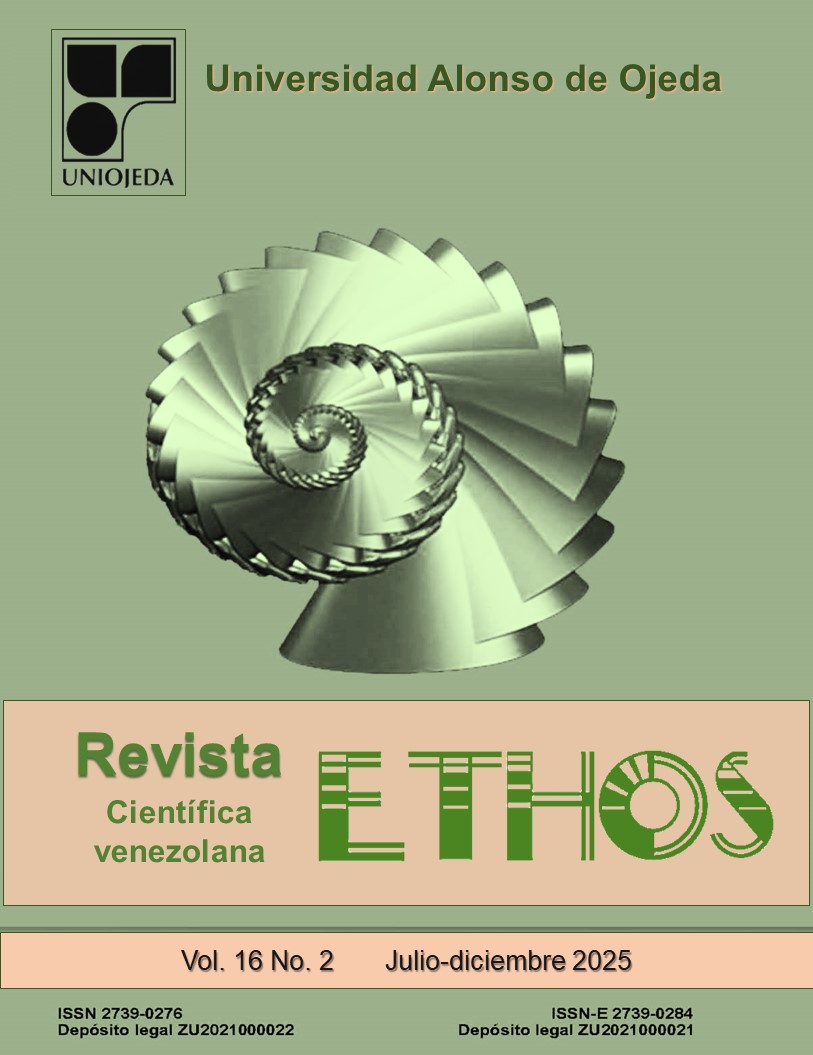The socio-emotional world of autism: an analysis from an educational perspective
DOI:
https://doi.org/10.5281/zenodo.16894222Keywords:
Autism Spectrum Disorder, social interaction, emotions, inclusive educationAbstract
This academic article presents the findings of a qualitative phenomenological-ethnographic case study on children with Autism Spectrum Disorder (ASD) in an inclusive school context. The objective was to understand the lived experiences of the child in their social interaction, emotional expression, and participation in educational activities. The methodological design integrated ethnographic research and grounded theory, utilizing techniques of observation, semi-structured interviews, and documentary analysis. The results reveal barriers in communication, scarce pedagogical mediation, and limited understanding of their emotions by the school environment. It concludes that effective educational inclusion requires sensitive pedagogical practices, specialized teacher training, and recognition of neurocognitive diversity. This is supported by Van Manen (2003), who highlights the importance of capturing the deep meaning of lived experiences, and by Booth and Ainscow (2015), who speak of inclusion not as a place but as a principle of pedagogical action.
Downloads
References
American Psychiatric Association. (2013). Manual diagnóstico y estadístico de los trastornos mentales (DSM-5). Arlington: American Psychiatric Publishing.
Ausubel, D. (1968). Educational Psychology: A cognitive view. Holt, Rinehart & Winton of Canada Ltd.
Bandura, A. (1986). Social Foundations of Thought and Action: A Social Cognitive Theory. Prentice-Hall.
Booth, T. & Ainscow, M. (2015). El índice de inclusión: desarrollando el aprendizaje y la participación en las escuelas. OEI.
Bruner, J. (1982). El desarrollo de la mente. Paidós.
Charmaz, K. (2014). Constructing Grounded Theory. Sage.
Davidson, R. (2012). El perfil emocional del cerebro. Urano.
Denzin, N. & Lincoln, Y. (2011). The Sage Handbook of Qualitative Research. Sage Publications.
Echeita, G. (2013). Inclusión educativa: más allá de la integración y la diversidad. Narcea.
Flick, U. (2004). Introducción a la investigación cualitativa. Morata.
Frith, U. (2007). Autismo: explicación desde la neurociencia cognitiva. Ariel.
Goleman, D. (2006). Inteligencia emocional. Kairós.
Hammersley, M. & Atkinson, P. (2007). Etnografía: Métodos de investigación. Paidós.
Kanner, L. (1943). Autistic disturbances of affective contact. Nervous Child, 2, 217–250.
Kvale, S. & Brinkmann, S. (2015). InterViews: Learning the Craft of Qualitative Research Interviewing. Sage.
Riviére, A. (2002). El mundo del autismo. Paidós.
Roger, C. (1967). El proceso de convertirse en persona. Paidós.
Sánchez, J. & Palacios, A. (2015). Neuroeducación y trastornos del desarrollo. Editorial Síntesis.
Stake, R. (1995). The art of case study research. Sage Publications.
Strauss, A. & Corbin, J. (2002). Bases de la investigación cualitativa: Técnicas y procedimientos para desarrollar la teoría fundamentada. Universidad de Antioquia.
UNESCO. (2020). Informe mundial de seguimiento sobre la educación: Inclusión y educación: todos y todas sin excepción.
Van Manen, M. (1990). Researching Lived Experience: Human Science for an Action Sensitive Pedagogy. State University of New York Press
Published
How to Cite
Issue
Section
License
Copyright (c) 2025 Ethos Journal

This work is licensed under a Creative Commons Attribution-NonCommercial-ShareAlike 4.0 International License.
All content of Ethos Journal will be free access, distributed under the Creative Commons license (BY-NC-SA).




